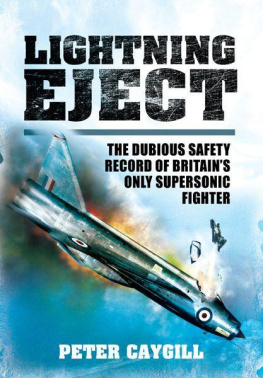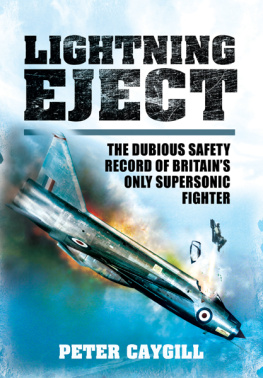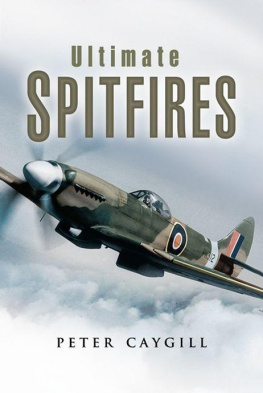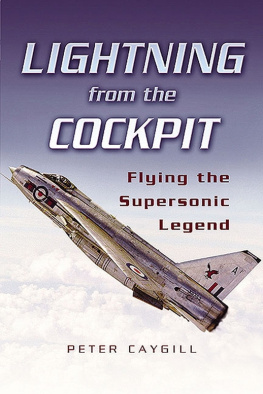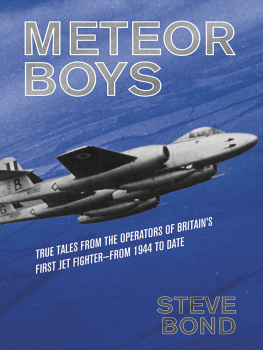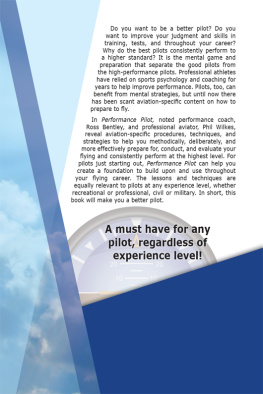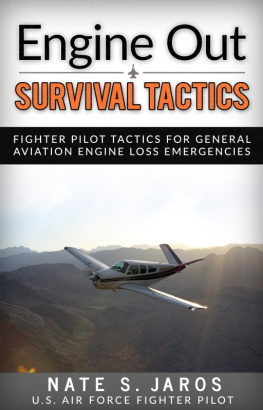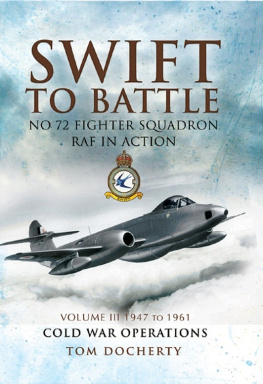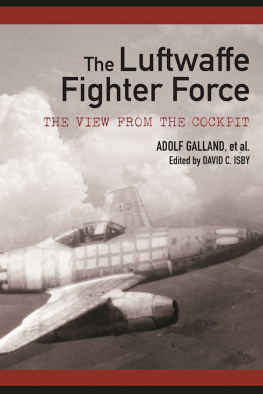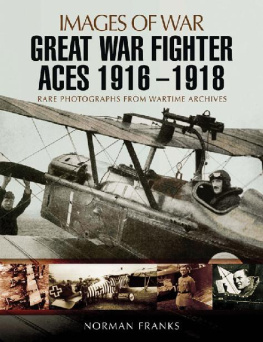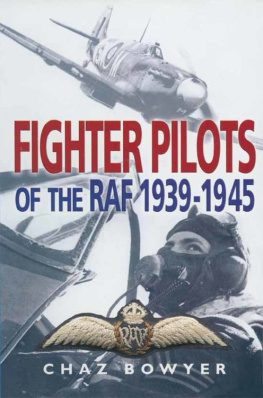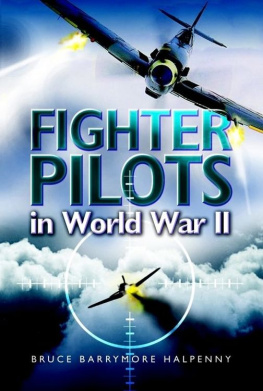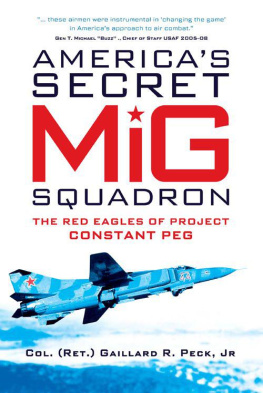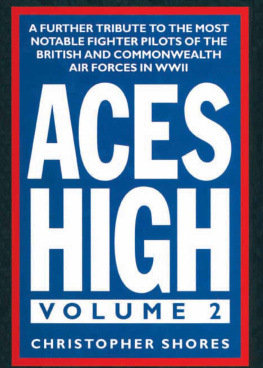
First published in Great Britain in 2010 by
PEN & SWORD AVIATION
An imprint of
Pen & Sword Books Ltd
47 Church Street
Barnsley
South Yorkshire
S70 2AS
Copyright Peter Caygill 2010
ISBN 978 1 84884 219 9
eISBN 9781844683352
The right of Peter Caygill to be identified as Author of this work has been asserted by him in accordance with the Copyright, Designs and Patents Act 1988.
A CIP catalogue record for this book is available from the British Library
All rights reserved. No part of this book may be reproduced or transmitted in any form or by any means, electronic or mechanical including photocopying, recording or by any information storage and retrieval system, without permission from the Publisher in writing.
Printed and bound in England
By MPG
Pen & Sword Books Ltd incorporates the Imprints of Pen & Sword Aviation, Pen & Sword Family History, Pen & Sword Maritime, Pen & Sword Military, Wharncliffe Local History, Pen & Sword Select, Pen & Sword Military Classics, Leo Cooper, Remember When, Seaforth Publishing and Frontline Publishing
For a complete list of Pen & Sword titles please contact
PEN & SWORD BOOKS LIMITED
47 Church Street, Barnsley, South Yorkshire, S70 2AS, England
E-mail: enquiries@pen-and-sword.co.uk
Website: www.pen-and-sword.co.uk
Contents

Gloster F.9/40 DG204/G was the third prototype and was powered by Metropolitan Vickers F.2 axial-flow turbojets. It is seen here at Glosters factory at Bentham during engine tests. ( Philip Jarrett )

Posing in front of Gloster F.9/40 DG205/G are ( left to right ) John Tiny Crosby-Warren, Michael Daunt, Frank McKenna (Gloster general manager), Frank Whittle and George Carter. ( Philip Jarrett )

Metreor F.1 EE214/G was used for trials carrying a ventral fuel (as seen here), and later flew with 616 Squadron. ( Philip Jarrett )

One of the first photograph of a Meteor to be the press. It was made available for publication on 11 July 1945. ( Philip Jarrett )

EE212/G was the third Meteor F.1 ( Philip Jarret )

A Meteor F3 of 616 Squadron in an overall white scheme, which was to aid identification. ( Philip Jarrett )

Meteor F.3s of 56 Squadron, which, together with 74 and 245 Squadrons, formed the RAFs first jet fighter wing at Bentwaters in 1946. ( Philip Jarrett )

A close-up view of an early Meteor, showing the ports for the 20mm Hispano cannon and Daunt guards in the engine intakes. ( Philip Jarrett )

Meteor F.3 EE247 YQ-B of 616 Squadron. ( Philip Jarrett )

Meteor F.3 EE317 of 226 OCU. This unit was formed in August 1946 and was formely 1335 Conversion Unit. ( Philip Jarrett )

A line-up of Meteor F.3s of 74 Squadron. Note the jet blast marks on the grass behind the aircraft in the foreground. ( Philip Jarrett )

This view of F.3 EE401 shows to advantage the original long-span wings of the Meteor. ( Philip Jarrett )

Meteor F.4 EE454 was used by Group Captain H.J. Wilson to capture the World Speed Record at 606mph on 7 November 1945. ( Philip Jarrett )

During the Speed Record attempt in 1945, Meteor f.4 EE455 featured an all-yellow paint scheme and was flown by Glosters Eric Greenwood who achieved 603mph. ( Philip Jarrett )

On 7 September 1946 the Speed Record was raised to 616mph by Group Captain E.M. Donaldson in meteor F.4 EE549. This aircraft is preserved at the Tangmere Military Aviation Museum. ( Philip Jarrett )

Meteor F.4 EE519 was used for trails to clear the carriage of underwing drop tanks and bombs. ( Philip Jarrett )

Photographed in November 1946, F.4 EE592 later served with 205 APS at Middleton St George. ( Philip Jarrett )
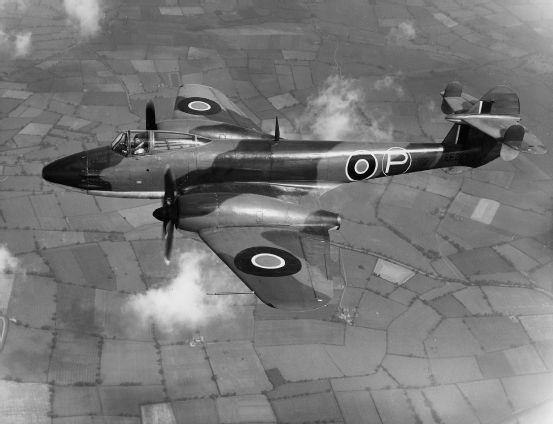
Meteor F.1 EE227 became the first aircraft in the world to be powered by turboprop engines when it was modified in 1945 to accept Rolls-Royce RB.50 Trent propeller turbines. ( Philip Jarrett )

The forerunner of the night-fighter variant of the Meteor, F.3 EE348 was the first British jet aircraft to be fitted with AI radar. ( Philip Jarrett )

Meteor F.4 RA382 was the first of this variant to featured the lengthened fuselage, which went some way in improving directional stability. ( Philip Jarrett )
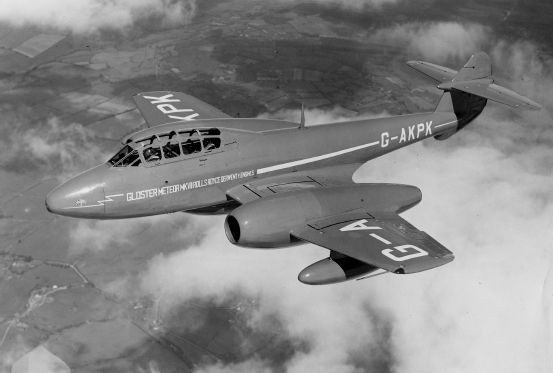
Next page

